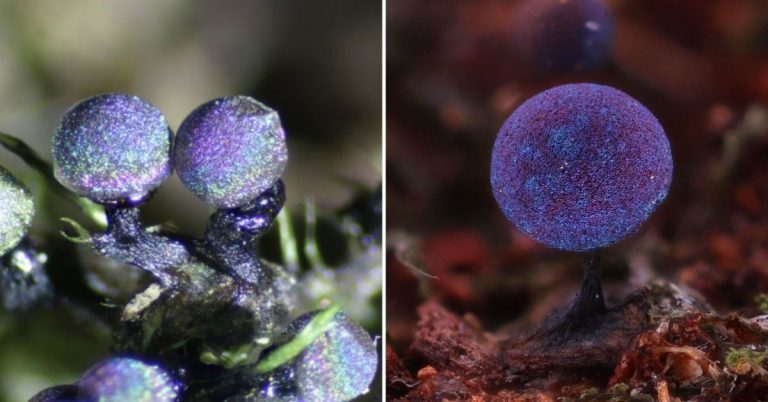Nature is simply amazing. And this planet is home to many wonderful creatures. We all are fortunate enough to bear witness to many hidden wonders. And one such wonder is an amethyst mushroom.
Amethyst mushroom (Elaeomyxa Cerifera) was first discovered in 1942. This exotic mushroom was recently captured by the scientist Sarah Llyod. She found some of these in her place and then decided to find out all about it.
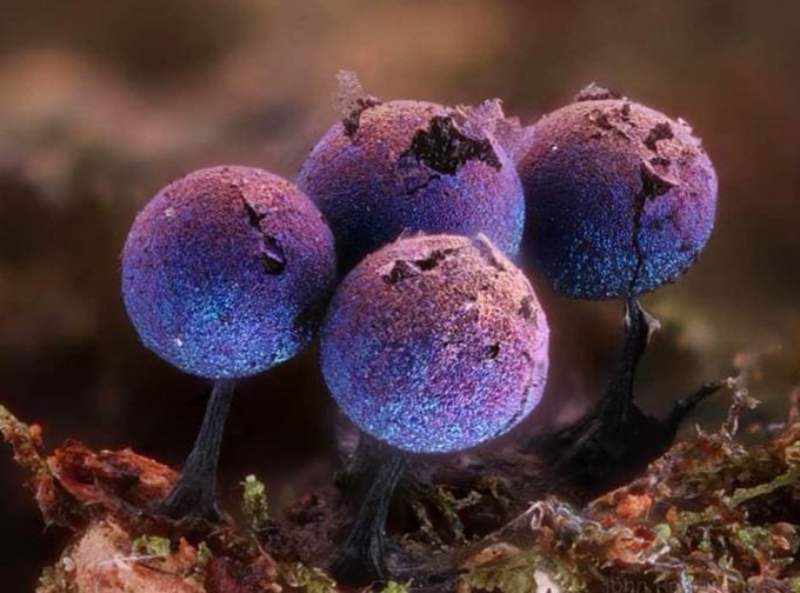
This fungus looks like it contains the entire galaxy in three shiny and stunning colors.
Its fruiting structures split open to release spores that twinkle like a disco ball in bright shades of purple, silver, and green. The glitter-like appearance is actually a slime mold that forms after the release of the spores.
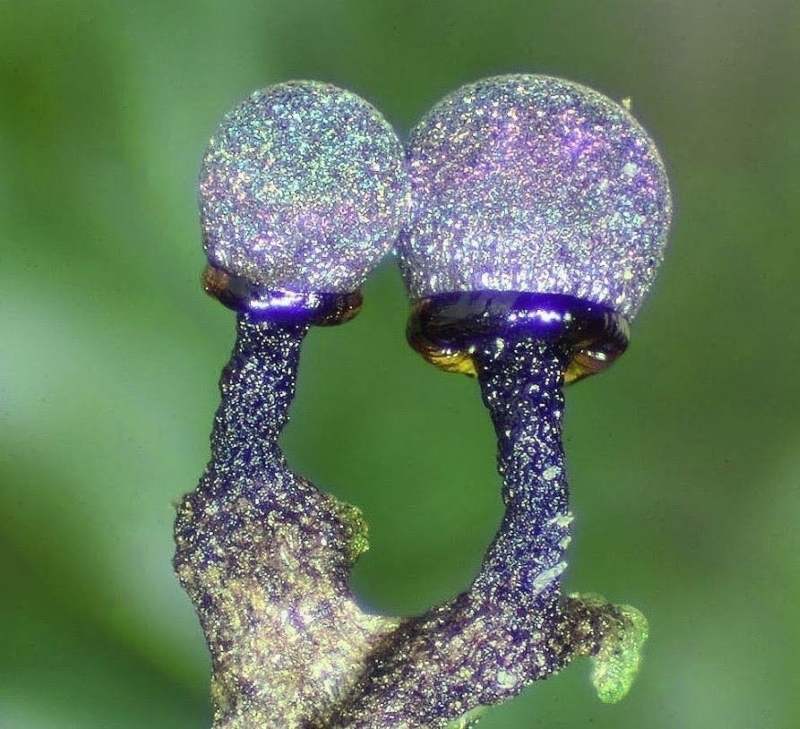
The amethyst mushroom is native to northern Tasmania, an area rich in colorful slime molds and shrub plants.
According to scientist and researcher Sarah Lloyd, who spends a lot of her time collecting shiny mushrooms, these beauties can be found easily in the region if you have the right equipment and know where to look.
She recently counted a total of 1,800 across 120 species of these stunningly colorful organisms in her collection.
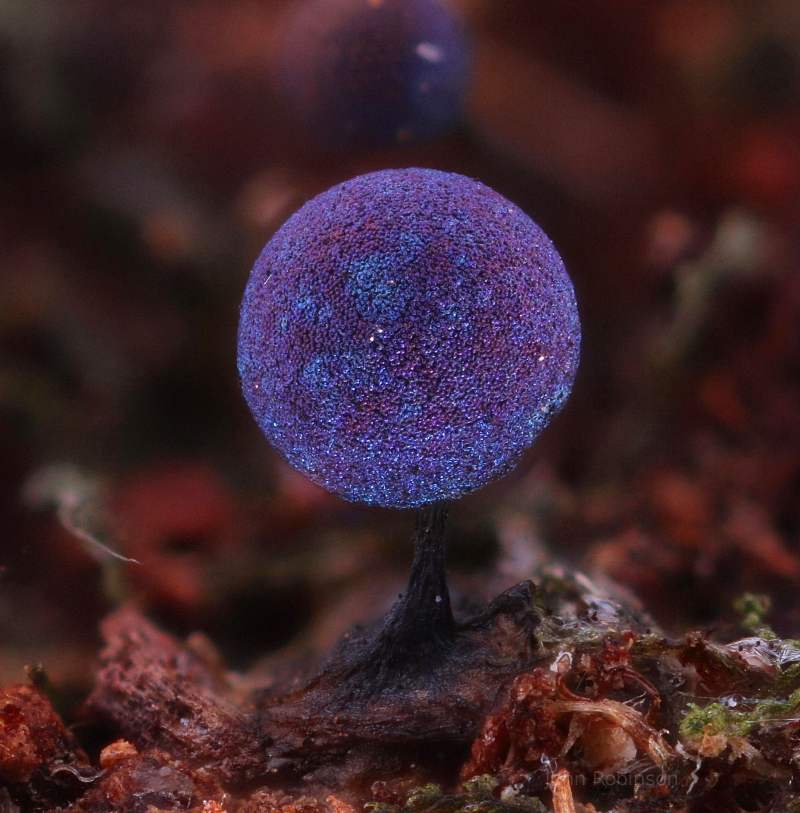
“In 2010 I started collecting myxomycetes in a tall wet eucalypt forest at Black Sugarloaf Birralee, central north Tasmania,” she wrote on her website.
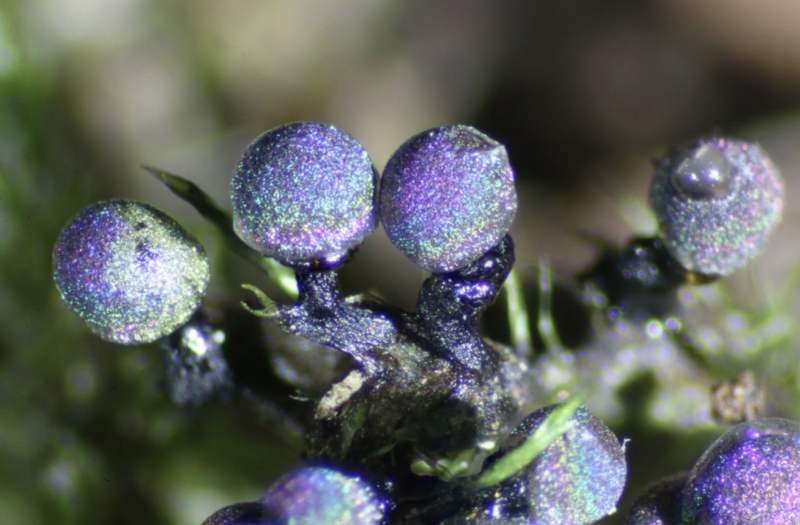
“Slime-molds may occur on objects of any and every sort. Their minuteness retires them from ordinary ken; but such is the extreme beauty of their microscopic structure, such the exceeding interest of their life history, that for many years enthusiastic students have found the group one of peculiar fascination, in some respects, at least, the most interesting and remarkable that falls beneath our lenses,” wrote Thomas Macbride in his 1899 The North American Slime molds.
And while this amethyst mushroom is supposedly edible, it absorbs arsenic from the soil and is quite disturbing to the palate.
What are your thoughts?
H/T: “Slime molds – ‘Biological jewels of nature.” Sarah Lloyd Myxos. Retrieved November 2, 2020.
Related Articles:
Polaroid’s 3D Candy Pen Allows You To Draw Edible Candies
Hawaiian Crew Set A New Record For Removing Plastic From The Great Pacific



